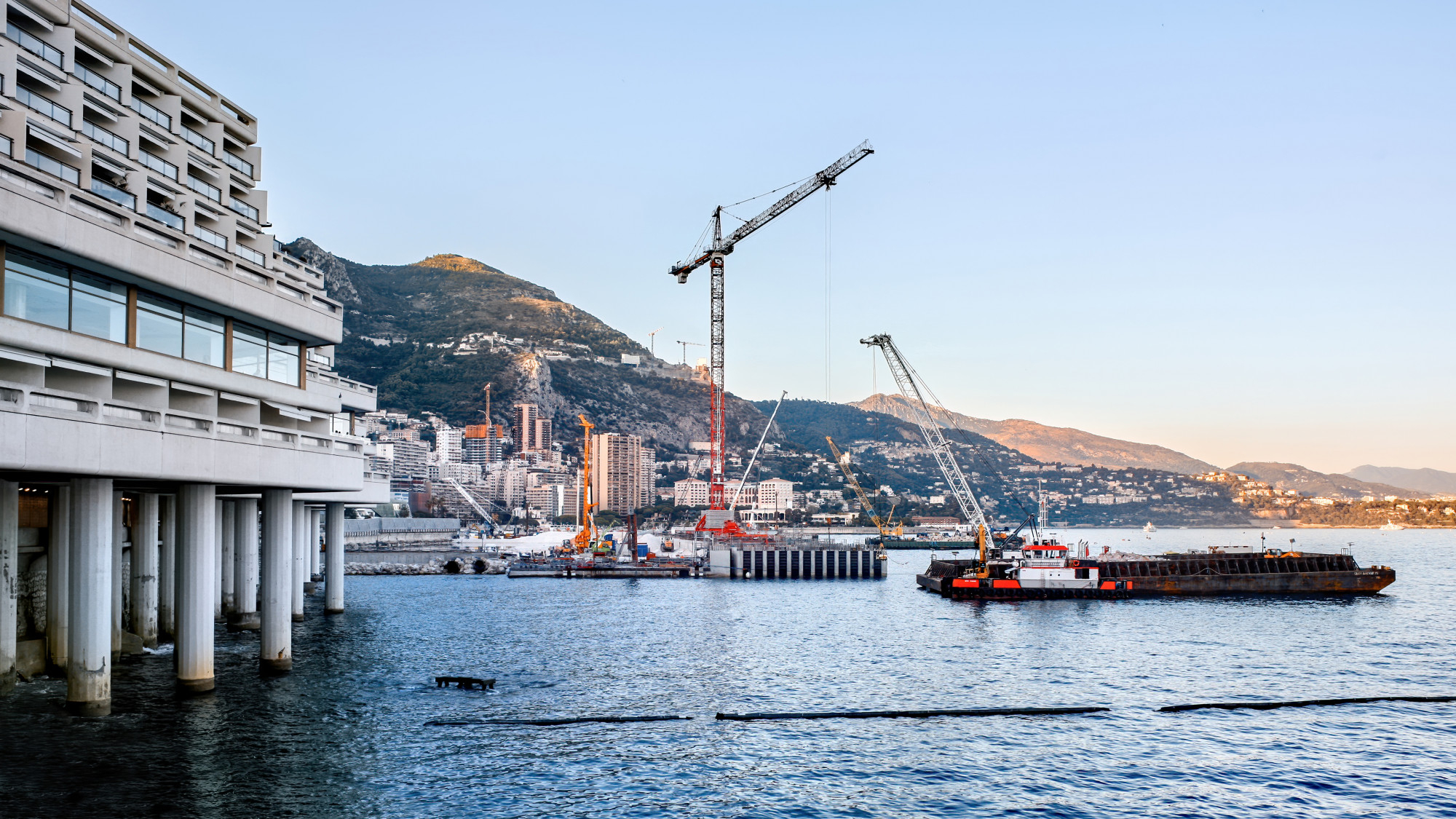Coastal constructions need extra care to ensure the durability of the building due to the high salinity of the environment, the result of the waves breaking on the coast, which has a very strong corrosive power. For this reason, coatings and other finishes that use iron should be avoided. This type of material oxidizes very easily, especially when placed on the outside of the building.
When building in coastal regions, it is advisable to use a less permeable concrete that is better able to withstand the weather. This prevents cracks, fissures and corrosion that can damage the structure by allowing it to come into contact with winds from the sea. The NBR 6118:2014 standard establishes considerations and prescriptions to ensure the durability of concrete structures.
According to the standard, the environmental aggressiveness of a structure in a project is classified as weak, moderate, strong or very strong, causing the structure to deteriorate from insignificant to high. In coastal regions, the aggressiveness is strong, but "a microclimate with a milder aggressiveness class can be accepted for dry internal environments, such as living rooms, bedrooms, bathrooms, kitchens and service areas of residential apartments and commercial complexes or environments with concrete coated with mortar and paint".
Below are some of the most suitable materials for construction in these specific conditions:
Stainless steel and aluminum
They have low resistance to corrosion in environments with high levels of chlorides, which makes them ideal for seaside constructions.
Special tiles
Composed of an alloy of aluminum and zinc applied to steel, they offer high resistance to corrosion in humid and salty environments.
Glass
It does not corrode like non-stainless metals and does not kiln like wood and MDF.
PVC
It is a thermoplastic polymer that has no metal joints, so it does not corrode.
To increase the durability and appearance of the façade, you can also apply water-repellent products and extra layers of paint or anti-corrosive resins. There are specific plasticizing additives for each situation, capable of protecting structures and coatings against corrosion or other wear and tear caused by the weather.
Some procedures for repairing concrete structures with exposed reinforcement due to severe corrosion are essential to ensure the safety of the structure. The key point is always to carry out a detailed inspection to immediately identify the extent of the damage and the causes:
Removal of deteriorated concrete: Eliminate degraded concrete up to an area free of pathologies.
Cleaning the armor: Remove corrosion (brushing, sandblasting).
Armor protection:Apply corrosion inhibitors or a protective coating.
Concrete replacement: Use mortar or repair concrete (by hand, molding or spraying).
Surface protection: Apply sealants or waterproofing coatings.
Structural reinforcement (if necessary):Add reinforcements, such as carbon fibers.
Maintenance and monitoring: Regular inspections to prevent further damage.
Careful planning of a construction project makes it possible to anticipate challenges, avoid delays and ensure the optimum use of available resources. Find out how Stecla Engenharia's planning and construction management works.
Sources:
https://suporte.altoqi.com.br/hc/pt-br/articles/115004556014



